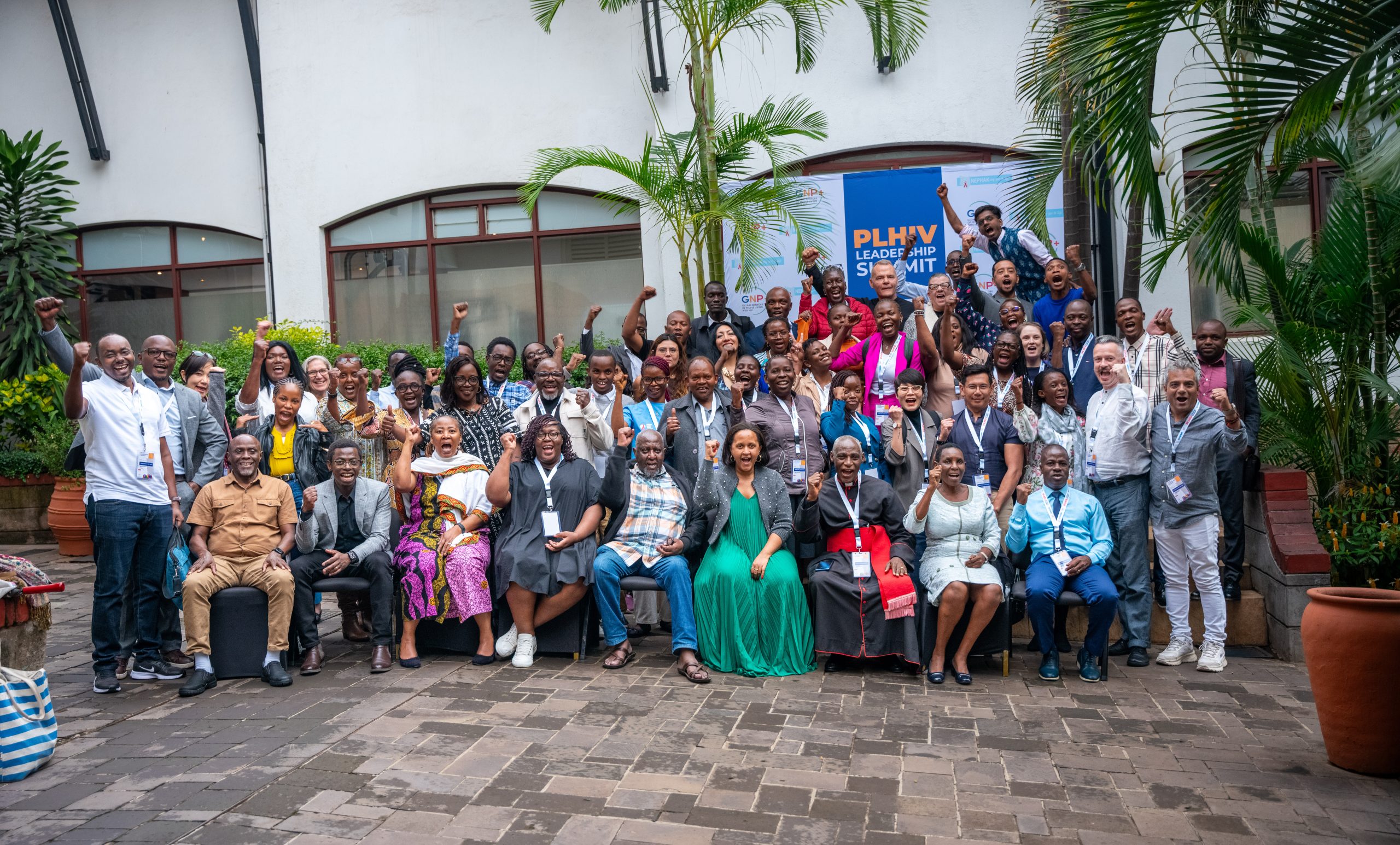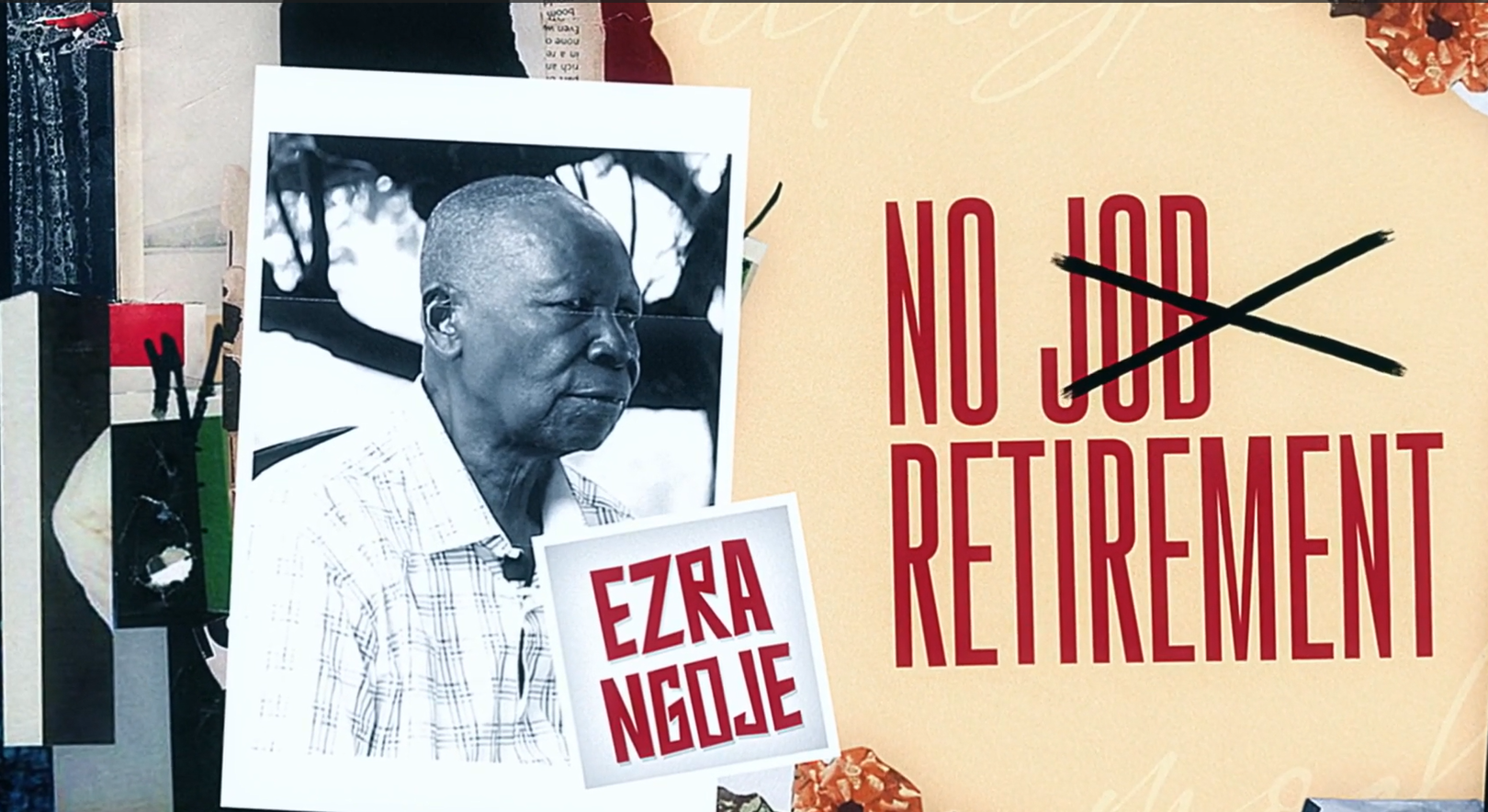We must not get too used to disappointing the youth. For young Africans looking at adults in the room panic over provision of HIV medication is disheartening.
You can hear it in the tremor beneath Jerop Limo’s voice while speaking to a small group of People Living with HIV (PLHIV) network leaders in Kenya, who convened in Nairobi on April 10, 2025 to motivate a sensible way forward after the disruption and shift in donor priorities have upended national HIV programs.
“For us and particularly the youth I represent, are worried about what if we go and find we are not able to access that can of pills. We are anxious about access to treatment, whether the system is responsive, is it friendly, does it consider human rights, is the medication available and are the clinicians resourced well enough to offer us quality access to healthcare,” she posed.
The Executive Director at Ambassador for Youth and Adolescent Reproductive Health Program (AYARHEP) was articulate in voicing the call of her generation not to be left behind as the countries begin to take larger responsibilities of their HIV programs , following America and the West’s withdrawal from donor funding in the new multipolar world.
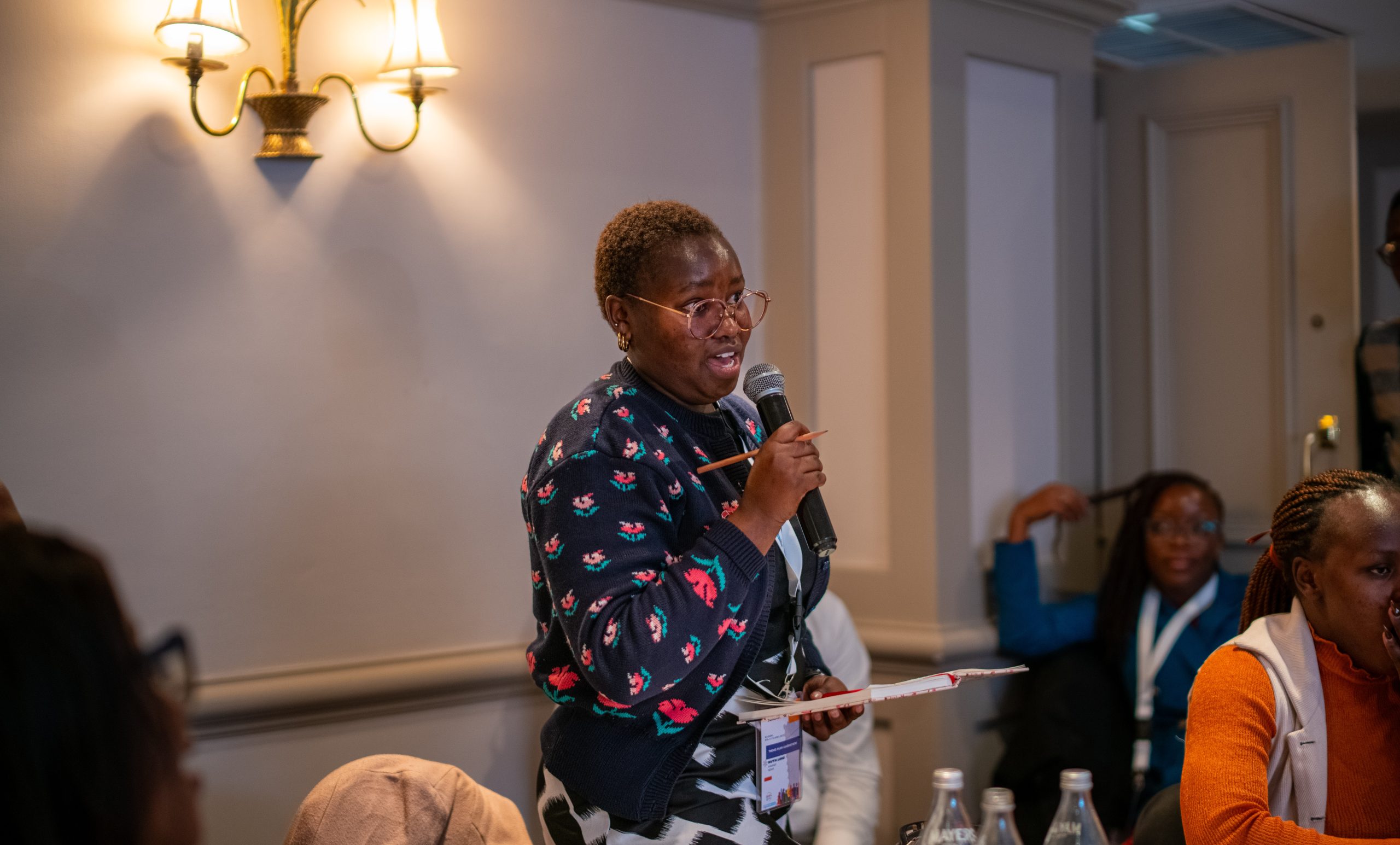
Her generation has come of age at a time the HIV pandemic has continuously lost its exceptionalism, taking a back stage Covid-19 in 2020 and now to geopolitical shifts that has turned the world nationalistic. America has folded up the USAID and with it the two-decade President's Emergency Plan For AIDS Relief (PEPFAR) initiative while key donor countries, including the Netherlands (-35%), France (-12%), Germany (-20%), the UK (-50%), and Belgium (-5%) have all announced cut to aid.
Impact of ART clinics closures
This sudden withdrawal has left vulnerable data structure, supply chains crumbling, with governments struggling to adapt while providing assurance of availability of life saving ART medication. Governments have been clear of their inability to fill the gap or or absorb the parallel and vertical Human resources, services and procurement system that had been created by external donors.
These robust systems had built up a network of peer-led medical provision linking mentor mothers and community-based organizations that were well organized to provide a safe space that encouraged People Living with HIV (PLHIV) to get treatment without facing stigma.
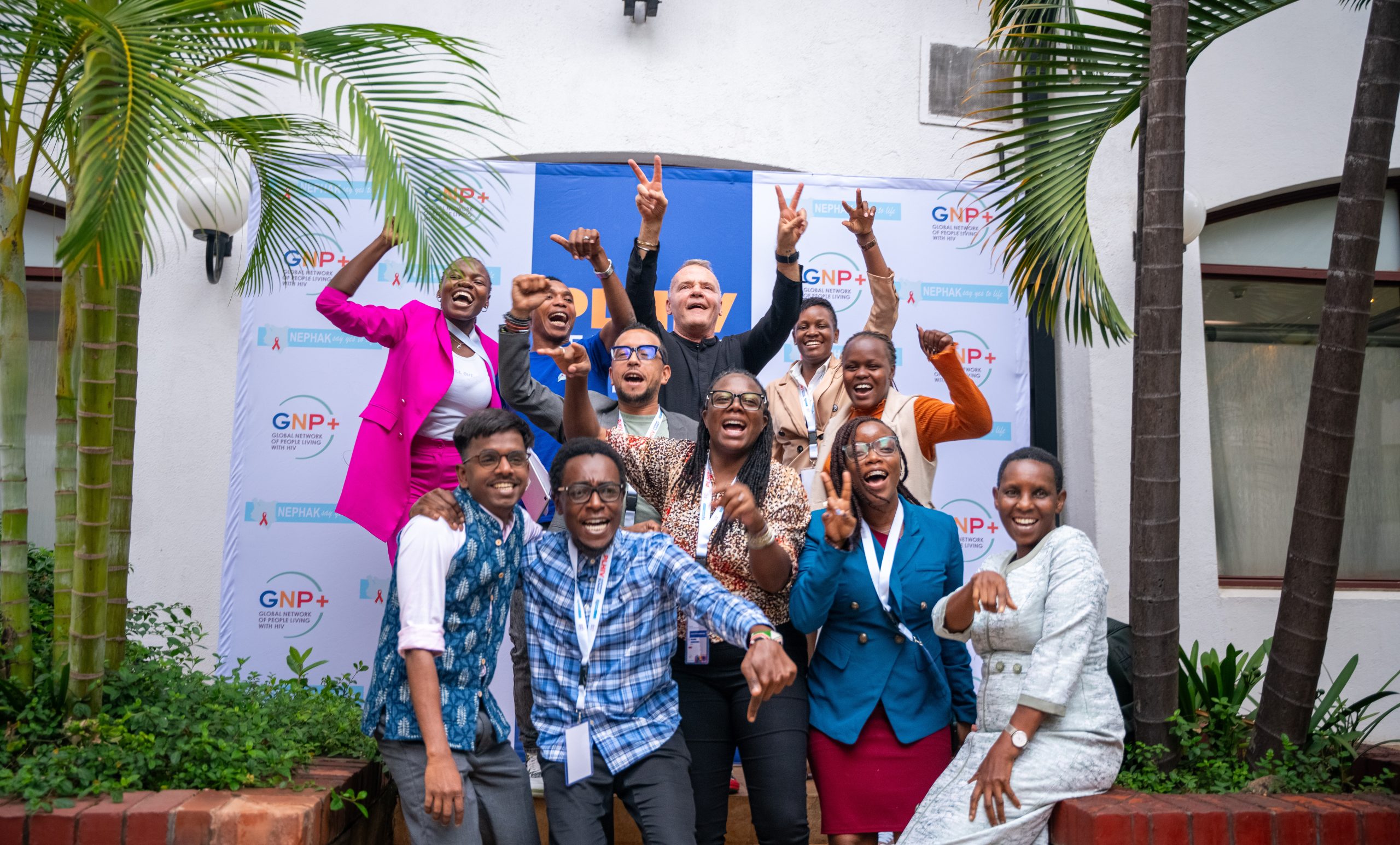
The spaces also provided medical supplies for multi months dispensing (MMD), reducing the barriers to adoption of and adherence of treatment and cutting down AIDS related deaths significantly. These NGO funded clinics had expert medical staff who addressed the HIV person centered services that were youth friendly and also integrated services for co-morbidities like TB and services for non-communicable diseases that come with the condition and treatment.
Jerop says the spaces did not just dispense medicine but also created a community that provided psychosocial support required to navigate the ups and down of carrying a lifetime illness and trying to live a full life, provided sexual and reproductive health information and helped build their self-confidence to directly articulate their needs.
A history of stigma
Now she is worried most of her peers could drop off medication over fears of reporting to a general clinician already swamped with the overwhelming cases of public healthcare and with limited expertise around tackling HIV.
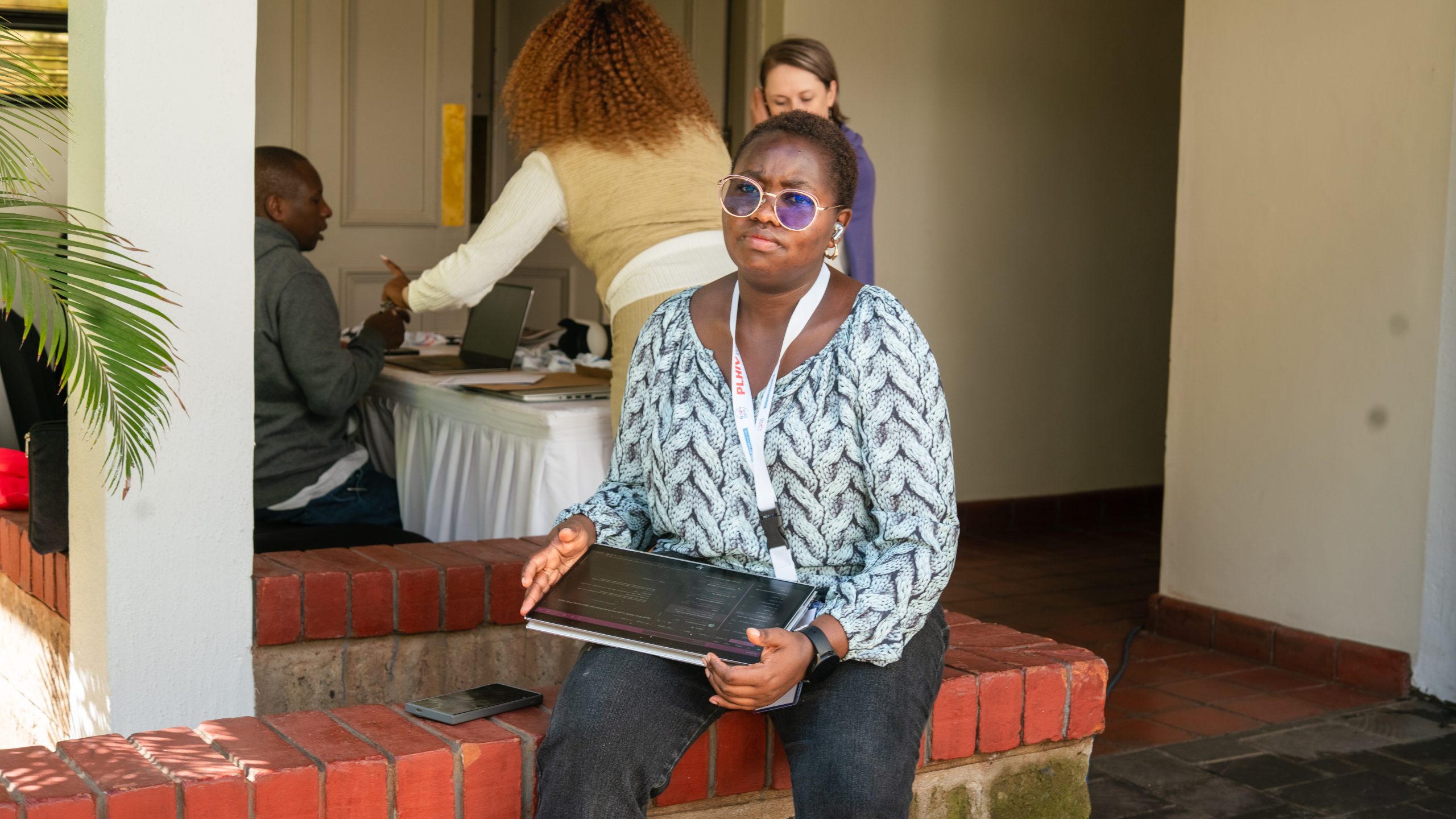
“Over 44,000 clinicians have gone home in Kenya and most of them have not come back. For some of us that means losing Dr Ann who you were used to over the last 14 years, who you had bonded with and could have conversations with about boyfriends, or difficult discussions about skipping medicine. Now you come to the clinic and this whole system is gone, it is a complete new system that will make you wait for hours, and you are worried the receptionist will come out and shout out your name and say ‘mtu wa ukimwi’- publicly revealing your condition and exposing you to stigma,” she says.
This is a serious challenge given that Kenya PLHIV communities remain highly stigmatized. Nelson Otwoma, Executive Director for the National Empowerment Network of People Living with HIV/AIDS in Kenya (NEPHAK) whose network conducted a PLHIV stigma index recently that revealed how stigma impacted adherence to medicine, reporting very high prevalence of people afraid of having their status disclosed, delaying treatment and leading to Advanced HIV Disease (AHD).
Changing the future
NEPHAK now hopes to use data revealed in the stigma index to influence the national HIV program reforms for integrating HIV treatment into primary health care and universal health Coverage as the Kenyan government adapts to take ownership of the HIV response in Kenya.
The network also wants to ensure the new HIV response takes care of co-infections like TB and comorbidities (two or more medical conditions in a patient, often alongside a primary condition) to non-communicable diseases while ensuring the capacity of local personnel to handle more workload amidst the funding squeeze.
Kenya's PLHIV community is also pushing for digitization of patient data to reduce waiting times, stigma related barriers to access, ensuring privacy, confidentiality and consent in delivering HIV treatment.
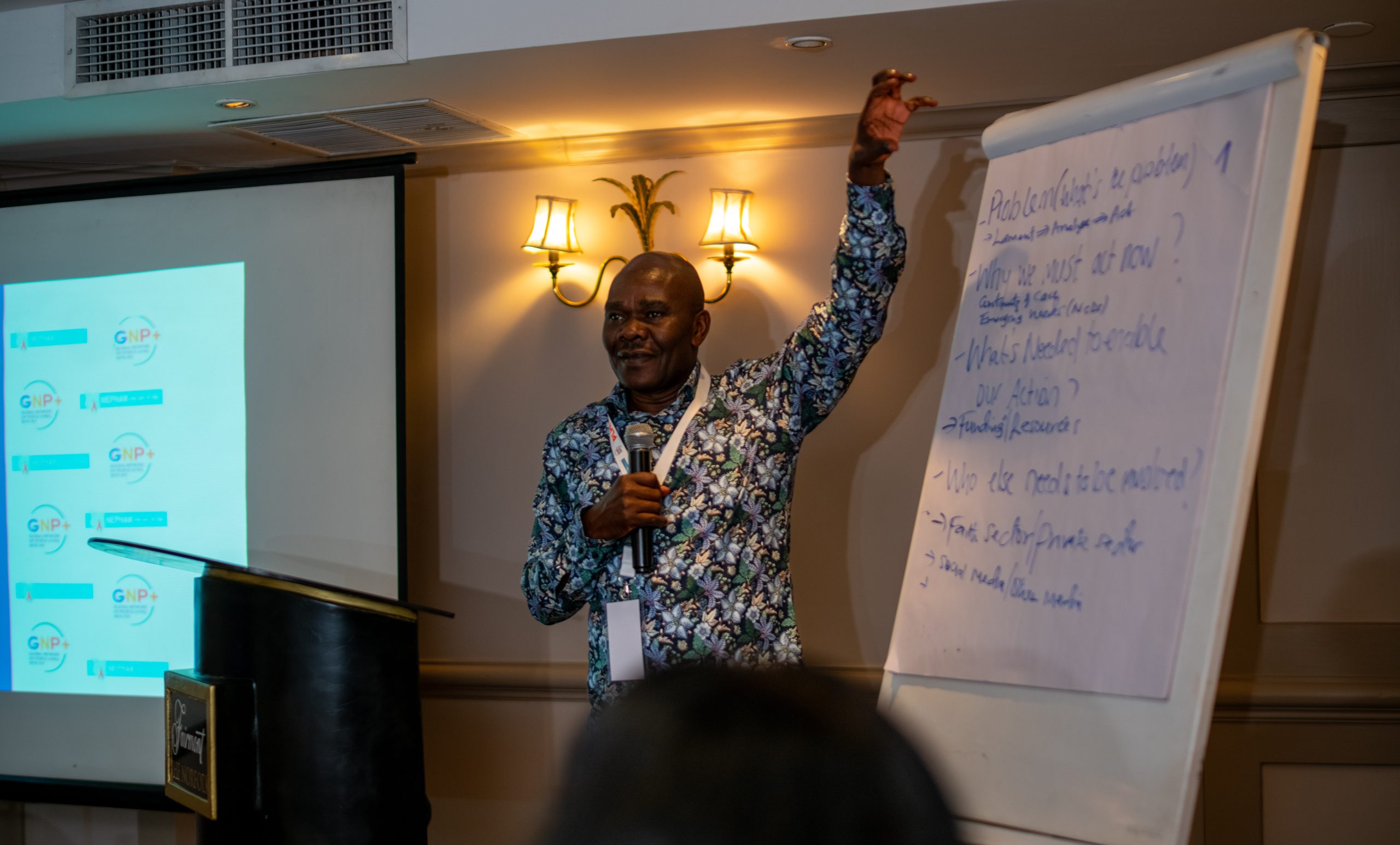
“In the Kenyan case we are now moving to integrate HIV care into general health services and therefore, we believe that in the ongoing integration, we need to prioritize addressing HIV related stigma and discrimination in all its forms if people are to continue utilizing the services,” Mr Otwoma says.
“What we are emphasizing here is that healthcare workers need to understand that people need to get treatment in a humane, dignified manner and in an area that respects their privacy and confidentiality,” he says.
Back to the basics
While progress is being made to end HIV by 2030, the Global Network of People Living with HIV (GNP+) highlights global statistics where we lost 630,000 people to AIDS deaths as of 2023, among them 90,000 children, and reporting new HIV infections of up to 1.3 million people, among them 120,000 children. 9.3 million PLHIV globally did not still receive lifesaving ART in 2023
“The success story of any Epidemic is achieving epidemic control. For the Global HIV Response to be deemed successful, we must all work towards ensuring we stop AIDS deaths, and we can because they occur from largely preventable and treatable diseases. We stop new HIV infections. I think now more than ever, our commitments must be towards achieving epidemic control with our current realities informing how we do that innovatively. That’s the leadership we are seeking to motivate among PLHIV now.” GNP+ co-director Florence Riako Anam says.
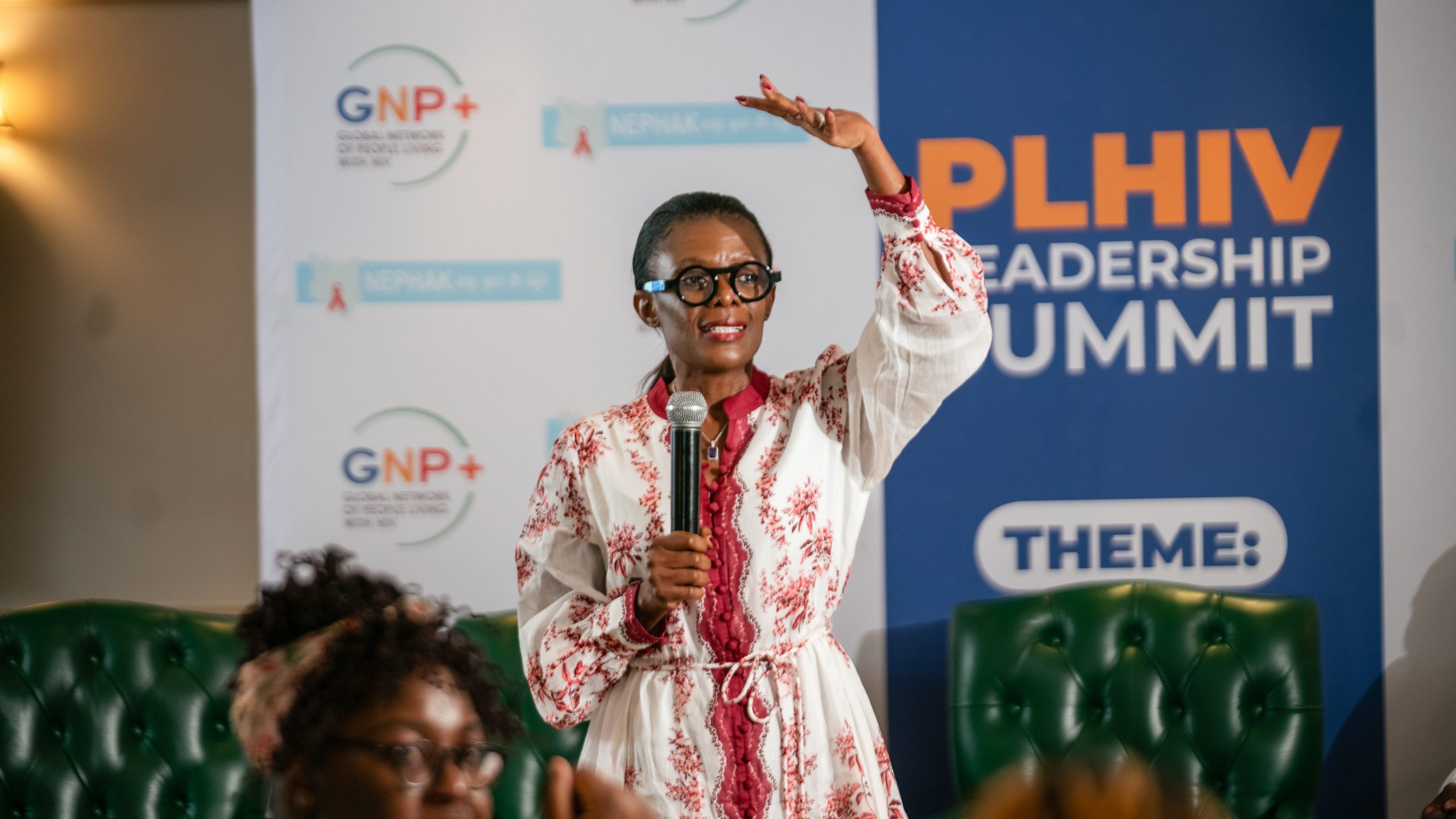
PLHIV networks have also been challenged to take charge of their messaging and framing going back to owning lived experinces and leverage on the progress in the science of Undetectable = Untransmittable (U=U) to change the narrative about HIV, address HIV stigma and motivate uptake and adherence to HIV treatment. The message promotes scientific confirmation that a PLHIV on treatment and virally suppressed with an undetectable viral load, they cannot sexually transmit HIV to others.
Dr Mumbi Chola, Technical Lead – Strategic Information & Research at The African-Led HIV Control Working Group says In Africa 75 percent of new HIV infections are reported in general populations, while in the developed world 80 percent were occurring among key populations and their partners,” it is of great concern how low the knowledge on HIV transmission and prevention is and even how little knowledge or use of condoms is recorded among young people.
For young people like Jerop this taking back of agency is a no brainer, it was what the adults in the room ought to have done in the first place, they just hope that in the reaction, there will be more thought put into the transition and while at it, they hope the government will save or at least retain a bit of the system that donors had poured billions to set up.
“The bare minimum should be for the government to work with the new global political leadership to absorb a larger chunk of the HIV related infrastructure and staffing,” Human Rights Lawyer and youth HIV Activist Nawanyaga founder GILO Young Positives Foundation from Uganda says.
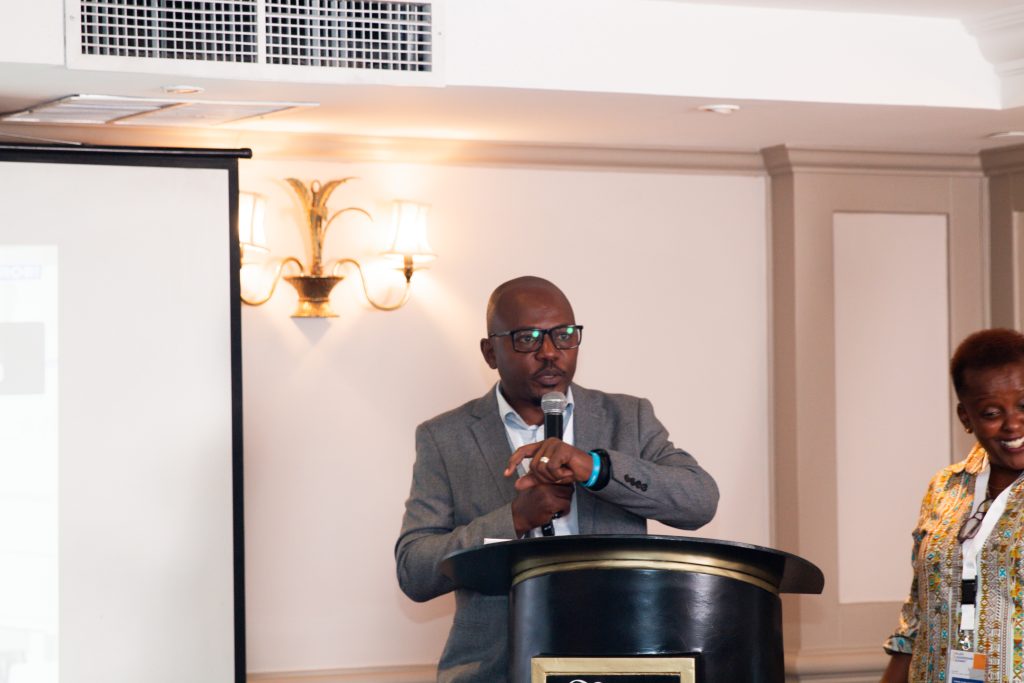
For young people like Jerop this taking back of agency is a no brainer, it was what the adults in the room ought to have done in the first place, they just hope that in the reaction, there will be more thought put into the transition and while at it, they hope the government will save or at least retain a bit of the system that donors had poured billions to set up.
“The bare minimum should be for the government to work with the new global political leadership to absorb a larger chunk of the HIV related infrastructure and staffing,” Human Rights Lawyer and youth HIV Activist Nawanyaga founder GILO Young Positives Foundation from Uganda says.

Discover more from Orals East Africa
Subscribe to get the latest posts sent to your email.
